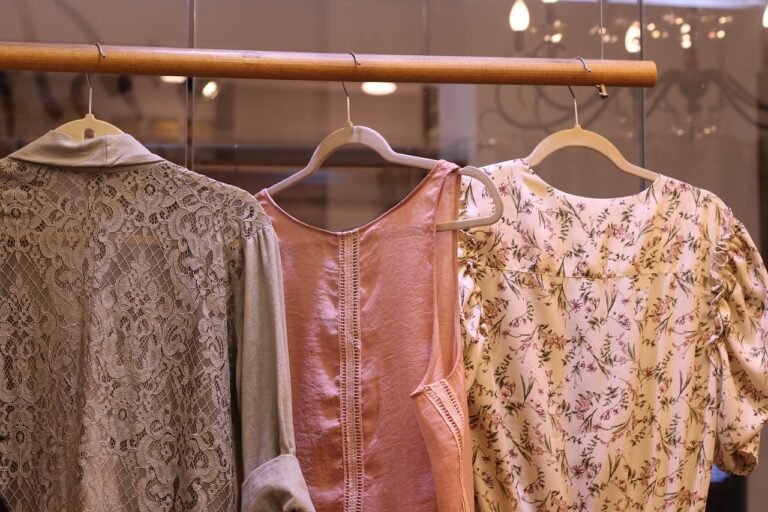The Impact of Inclusive Sizing on the Fashion Industry
Inclusive sizing in the fashion industry is imperative for promoting diversity and body positivity. By offering a wider range of sizes, brands can cater to a more extensive customer base and ensure that individuals of all body types feel represented and valued in the world of fashion. Embracing inclusive sizing not only fosters inclusivity but also helps to break down societal beauty standards, encouraging individuals to embrace their unique shapes and sizes without feeling marginalized or excluded.
Moreover, the demand for inclusive sizing is on the rise as consumers become more vocal about the need for greater representation in the fashion industry. With the prevalence of social media and online platforms, individuals are calling out brands that fail to offer inclusive sizing options, leading to a shift in the industry towards more size-inclusive practices. As consumers become more empowered and informed, brands that prioritize inclusivity are not only meeting the demands of their audience but also setting a positive example for the future of fashion.
The Evolution of Sizing Standards in the Fashion Industry
Sizing standards in the fashion industry have been a topic of ongoing discussion and debate. Historically, sizing has been inconsistent and exclusionary, often leaving many consumers feeling marginalized and frustrated by the limited options available to them. As societal norms and attitudes towards body diversity have evolved, there has been a growing demand for more inclusive sizing options from consumers.
In response to this shift, some brands have begun to expand their size ranges to cater to a wider range of body shapes and sizes. While progress has been made, there are still significant challenges that brands face in implementing truly inclusive sizing. From the cost of redesigning patterns and production processes to the need for increased education and awareness among design teams, there are numerous barriers that must be overcome in order to create a more inclusive and equitable fashion industry.
• Despite the challenges, there have been some positive developments in sizing standards within the fashion industry
• Many brands are now offering extended sizes to accommodate a more diverse range of body types
• The push for inclusivity has led to increased awareness and conversations surrounding sizing standards
• Consumers are advocating for more transparency and consistency in sizing across different brands and retailers
Challenges Faced by Brands in Implementing Inclusive Sizing
One of the primary challenges that brands encounter when attempting to implement inclusive sizing is the need for significant adjustments to their existing design and production processes. This shift often requires a reevaluation of sizing standards, garment patterns, and fit models to ensure that a broader range of body shapes and sizes are accommodated. Additionally, brands must invest in sourcing materials and manufacturing techniques that can easily adapt to the production of extended sizing options without compromising on quality or style.
Another obstacle faced by brands in embracing inclusive sizing is the potential impact on their bottom line. The initial costs associated with overhauling sizing ranges and expanding inventory can be substantial, especially for smaller or independent labels. Additionally, there is a perceived risk of alienating existing customer bases or struggling to market the new sizing options effectively to attract a more diverse clientele. Despite these challenges, many brands recognize the importance of inclusivity in fashion and are gradually working towards creating more size-inclusive collections to cater to a wider audience.
Why is inclusive sizing important in the fashion industry?
Inclusive sizing is important because it allows brands to cater to a wider range of body types, making fashion more accessible and inclusive for all consumers.
How have sizing standards evolved in the fashion industry?
Sizing standards in the fashion industry have evolved over time to be more inclusive, with brands now offering a wider range of sizes to accommodate different body shapes and sizes.
What are some challenges that brands face in implementing inclusive sizing?
Some challenges brands face in implementing inclusive sizing include the cost of producing a wider range of sizes, the need for more resources and expertise in creating inclusive designs, and the challenge of changing traditional sizing practices.
How can brands overcome challenges in implementing inclusive sizing?
Brands can overcome challenges in implementing inclusive sizing by investing in research and development, working with diverse teams and experts in inclusive design, and listening to feedback from consumers to better understand their needs and preferences.







